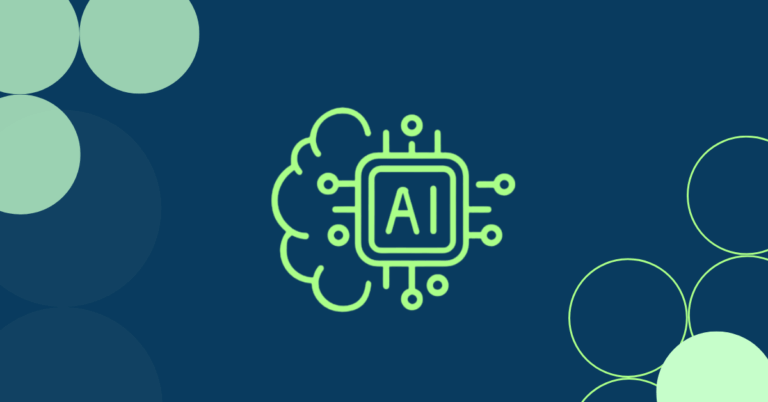Situational awareness, real-time responsiveness, and informed decision-making are critical for companies looking to integrate suppliers, business partners, and customers in real-time. All of these work best when information exchanges are event-driven – when data is streamed from where things happen to every system/partner that needs to know about it so they can take he appropriate action.
Event-driven architecture (EDA) is a fundamental part of many of the tools and techniques it takes to successfully transform into a digital business. The values of EDA cannot be overstated, as illustrated by a few prime examples:
Digital business transformation: Modern enterprises generate massive volumes of events. The means by which data is distributed through the increasingly dispersed enterprise across on premises and cloud environments is one of the most important decisions for any successful digital transformation initiative.
Responsive UI/UX: Along with improved situational awareness, EDA enables context-enriched customer experiences. Patterns such as deferred execution and eventual consistency let businesses split the activities associated with a “fast lane” and a “slow lane.” Doing so lets you prioritize and optimize for performance tasks that direct affect user experience, and let those that don’t affect UX happen in their own time.
Capitalizing on business moments: EDA helps companies capture and act on business moments in real-time. Real-time insights bring operational efficiency and savings, while real-time responses deliver high value (for example, improving sales opportunities and customer loyalty). Real-time insights bring operational efficiency and savings.
Insights and better decisions: Modern enterprises use a number of technologies to gain a competitive advantage. These technologies include artificial intelligence (AI), machine learning (ML), stream processing, blockchain, and mobile, to name a few. Such technologies work best when supplied with real-time data via event-driven architecture.
Accelerating business agility: Monolithic applications make it hard to modify, process, and introduce new services that meet market needs and business requirements. Many enterprises are decomposing applications into collections of microservices that collectively serve the same purpose. With EDA, those microservices can communicate in a real-time, event-driven manner, and companies can modify or add microservices by having them subscribe or publish to existing event streams.
What to Look for in an Event Platform
When evaluating an event-streaming and management platform, companies should keep in mind several key aspects.
- It should support hybrid and multi-cloud deployment with the ability to run natively in cloud, edge, IoT, and on-premises environments.
- It should be able to route events based on fine-grained topics including wildcards, and dynamically reroute event/message streams across multiple sites even in the event of system or network failures.
- The platform should support a diverse set of usage scenarios – event-driven microservices, event-driven iPaaS, event streaming, eventual consistency – with guaranteed delivery and event-driven APIs.
- It should support a wide range of protocols and APIs (e.g., AMQP, JMS, REST, MQTT, and Web Sockets), enabling companies to use the right one for every interaction, and provide easy connectivity to other middleware and streaming technologies (e.g., MQ, Kafka and TIBCO).
- It should provide the tooling the team needs to collaborate on the development, deployment, and lifecycle management of event streams and event-driven applications.
Wipro is proud to partner with a company that has been leading the event-driven revolution for two decades: Solace. Solace PubSub+ is an event streaming and management platform that offers category-leading features that help enterprises design, deploy, and manage event-driven architectures across hybrid cloud, multi-cloud and IoT environments. By combining Solace’s technology with Wipro’s ability to understand and help customers overcome their most daunting business and IT challenges, this partnership helps companies thrive in the increasingly digital economy by integrating their applications, devices, and customers in real-time across environments and around the world.
Here are some additional EDA resources to provide clarity around how businesses can use EDA to overcome challenges, unlock opportunities, and thrive in the age of a truly global, digital economy:
- Six + 1 Steps to Implement Event-Driven Architecture
- Case Study: Roche Drives Agility By Uniting Event-Driven Architecture And API-Led Integration As One
- Event-Driven Architecture Myth Busting — Part 1 & Part 2
- Gartner’s Advice on How to Choose an Event Broker
- Event-Driven Architecture Certification Path for Architects and Developers
- Comparing event streaming platforms and technologies for event-driven architecture
- A Guide for the Developer’s Journey to Event-Driven Development
Explore other posts from category: For Architects

 Sumeet Puri
Sumeet Puri Bharathram Vaidyanathan
Bharathram Vaidyanathan






